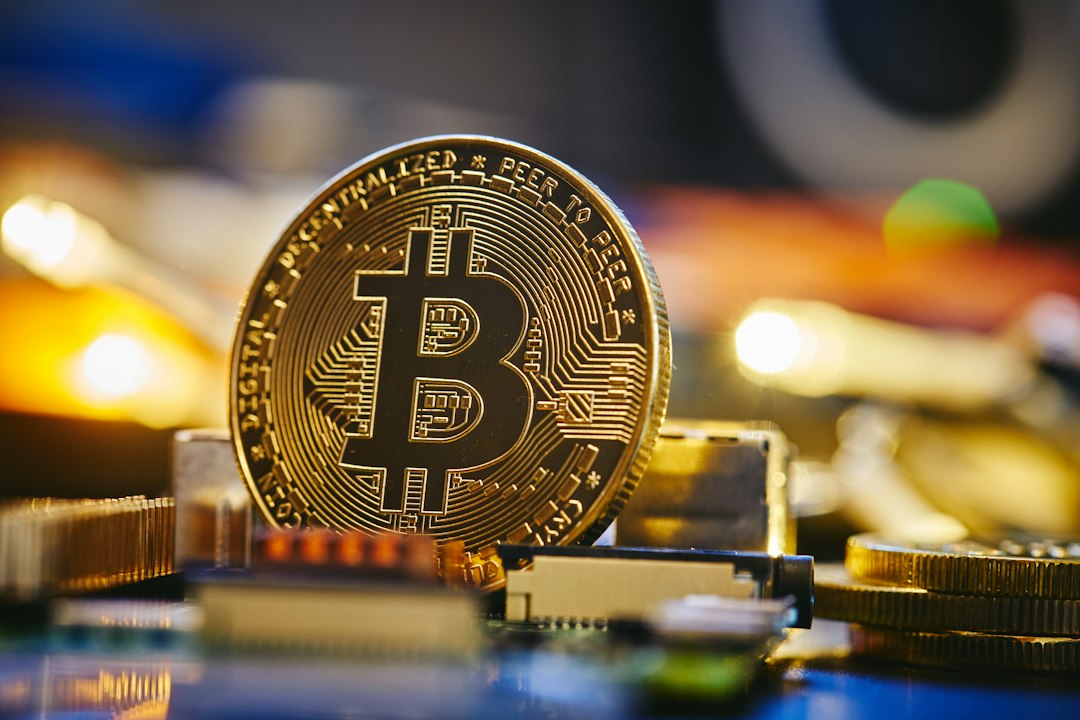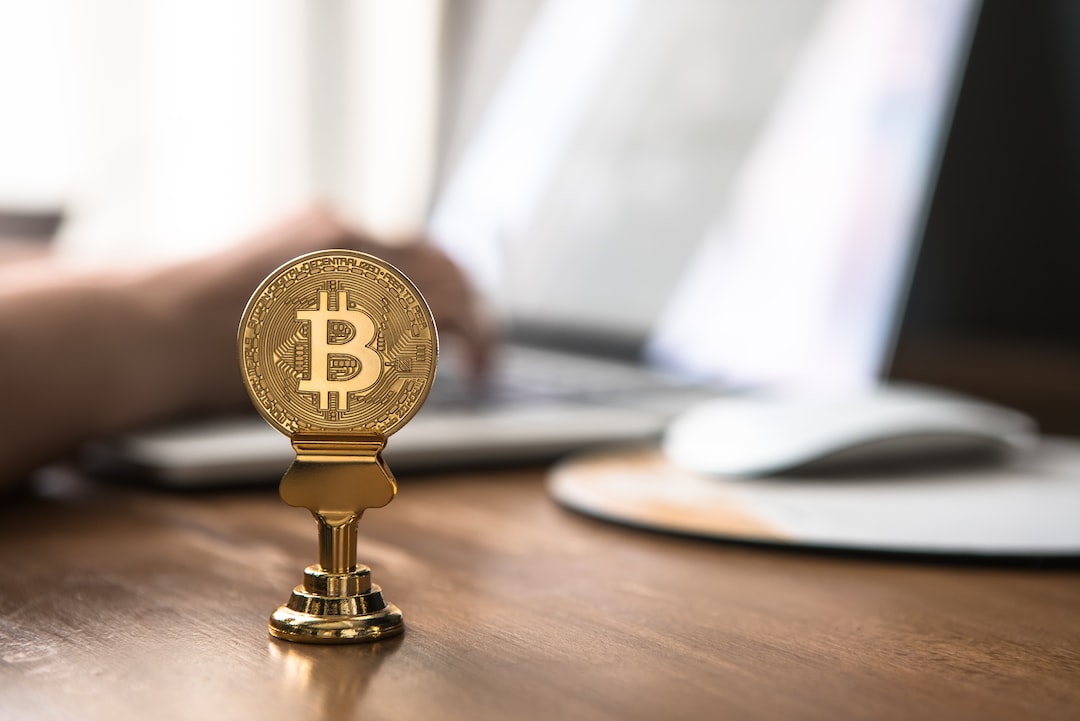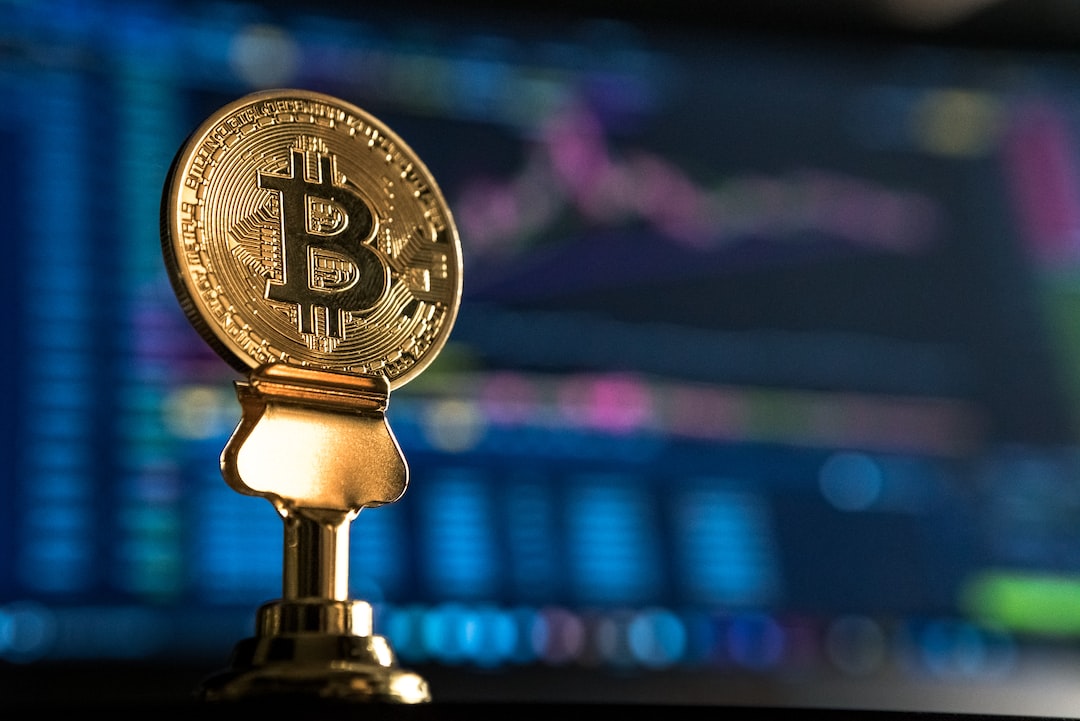Instruments tied to interest rates compete with Bitcoin for investor dollars
Bitcoin experienced a significant decline last Thursday, partly due to the realization that a strengthening economy would lead to higher interest rates. Consumer spending and new home sales data exceeded expectations, suggesting a very rapid GDP growth of 5.8% in the third quarter. This level of growth is typically seen after recessions, and the last time the US experienced such fast growth was following the Covid-induced economic collapse. As a result of this economic news, Bitcoin dropped below $25,000, triggering stops and liquidations.
Rates Higher for Longer?
The Kansas City Federal Reserve’s annual Jackson Hole Economic Symposium is happening this week, with a keynote speech from US Federal Reserve Chairman Jerome Powell. Ahead of the talk, there are suggestions that officials believe the neutral rate of interest could be higher than previously thought. This means that the Fed’s benchmark fed funds target could remain higher for longer than expected. Additionally, there is discussion about potentially increasing the inflation target from 2% to 3%.
What it means for Bitcoin
The bond market quickly reacted to these news pieces, with the 10-year Treasury yield reaching a 16-year high of 4.34%. Instruments tied to interest rates, such as risk assets like Bitcoin, compete for investor dollars. Higher interest rates typically result in less interest in Bitcoin, as investors can earn a risk-free return elsewhere. However, if the US central bank indicates a tolerance for higher inflation, it would acknowledge the potential for monetary debasement, which aligns with the concerns of Bitcoin enthusiasts.
Hot Take
The recent decline in Bitcoin’s value due to the anticipation of higher interest rates highlights the competition between traditional financial instruments and cryptocurrencies. While higher rates may deter some investors from Bitcoin, the potential for inflation and monetary debasement could continue to attract those who see the value in decentralized digital currencies. As the economic landscape evolves, the interplay between interest rates and cryptocurrencies will undoubtedly shape the future of the financial industry.





 By
By
 By
By
 By
By
 By
By
 By
By
 By
By